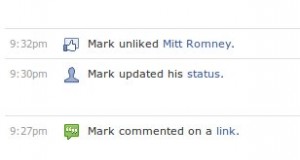Nice look by Wired at the current broken state of Linux user interfaces.
Wired thinks OS X killed the Linux desktop but I maintain it’s suicide. I read Linus Torvalds’s rant about Fedora 17 and Gnome3 and have to agree with him. Not only did Canoncial break the Ubuntu desktop but Red Hat broke Fedora’s, too.
It’s hard to say exactly what percentage of desktop and laptop computers run Apple OS X, but it’s clear that the operating system has made slow but steady gains at chipping away at that the sizable lead Microsoft established in the ’90s with its Windows operating system. Some figures put the number at about 6 to 7 percent of the desktop market.
But one thing’s for sure: OS X has been more successful than Linux, the open source operating system that has found a home on data-center servers but is still a rarity on desktops and laptops. Linux may have seen a surge last year, but it still hasn’t seen the sort of growth OS X has, nor the growth that Linux supporters have long hoped for.
via How Apple Killed the Linux Desktop and Why That Doesn't Matter | Wired Enterprise | Wired.com.



